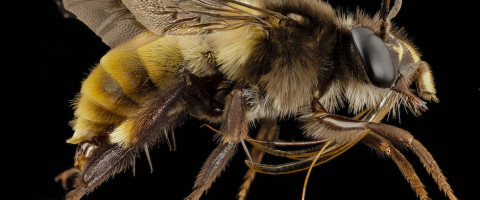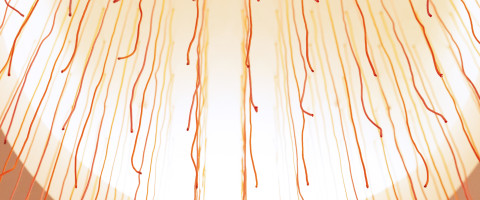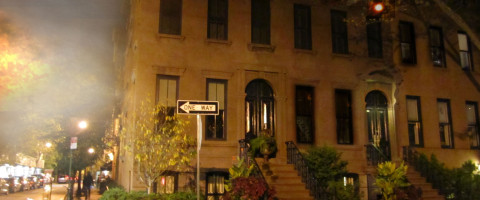When James McConnell began his career as a young psychology professor at the University of Michigan in the 1950s studying how memories were formed, he started by chopping up some worms.
In the scientist’s so-called “worm runner” experiments, McConnell taught worms to associate a flash of light with the uncomfortable feeling of an electric shock. Then, he fed those worms to each other.
McConnell wanted to understand where the memories he had created in his worms—the knowledge that a flash of light would inevitably come with a shock—were stored. Were they composed of physical substances? Could they somehow be passed on, perhaps by being literally consumed?
The results, published in a paper entitled “Memory Transfer Through Cannibalism in Planarians,” argued that worms fed on a diet of chopped up “taught” worms learned to avoid the light significantly faster than the group fed normal worms. Memories, he concluded, were edible.
“Frankly, we are not sure where all of this work leaves us—except that we are most definitely out on a limb of some kind,” McConnell wrote.
McConnell’s work and results sound like science fiction. And eventually, it wound up being just that: no one could replicate his results. He was wrong. Memory is not edible. After some initial controversy, speculation, and mudslinging, the strange hypothesis died with its owner.
But McConnell’s weird science highlights a curious question: is there really a sharp line dividing science’s facts and its fictions? From its earliest beginnings, science has been driven by imagining what is not yet possible and conjuring what is not yet known. How can you probe the world without making some things up, and testing whether they’re true? What role do fictions play in the doing of science? How does science fiction shape the aspirations and fears of science itself? What relationship do scientists have to fiction, and vice versa?
In this issue of Method, we present to you a collection of science fiction pieces, nonfiction stories about science fiction, fictional pieces designed to resemble scientific literature, and pieces about the fictions inherent to science itself. We have a particle physicist who realized he couldn’t truly learn physics until he learned to let go of knowing. We have the story of Edgar Allen Poe, who fooled thousands into thinking his literary fantasy was actually a fantastic scientific case study. We delve into how the physical laws in the virtual worlds of video games came to be determined.
And we have many fictions too: about super-luminescent bugs that fundamentally change the structure of human society, about new birthing technologies that allow you to selectively recreate your genetic past, and about a test site where visitors travel through futures currently envisioned by the U.S. government, scientists, and engineers.
And much more.



